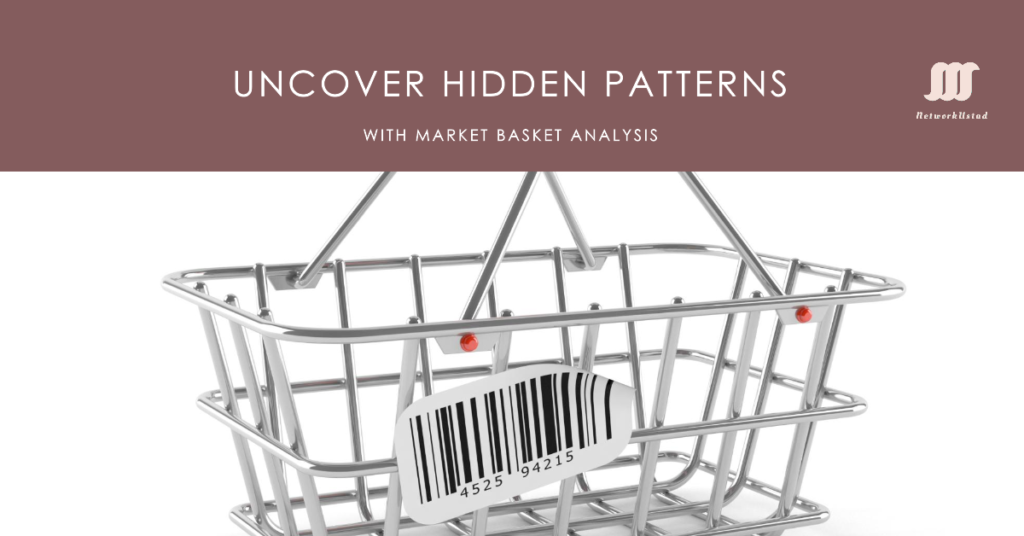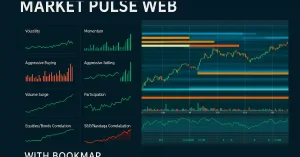If you are currently wondering, ‘what is market basket analysis,’ you have hopped into the right place. Well, it is a data mining method typically used to gain solid insights about purchasing patterns in a retail setting. Thanks to this technique, learning about the number of purchases made by a client is as easy as a cakewalk now. With the help of this analysis, you can now take a step toward promoting deals, sales, and offers.
Data mining has been widely used in business and industrial fields. A deep analysis of a particular company’s market can help it identify opportunities and threats and prepare for the next steps. Data mining is an excellent tool for predicting future trends, making decisions, analyzing customer behavior, etc.
The three major types of data mining are text mining, web mining, and social media mining. Text Mining is used for analyzing large quantities of unstructured textual data, such as news reports or blog posts. Web Mining analyzes large quantities of 2-dimensional structured data, such as customer browsing history or stock trade records. Social Media Mining is about analyzing large quantities of 3-dimensional or multi-dimensional structured social network data from various social platforms like Facebook, Twitter, or LinkedIn.
What is Market Basket Analysis?
Let’s first check out the definition of market basket analysis. By using this method, you will be able to analyze massive data sets like purchase history. It enables you to uncover product groupings in the best possible manner. Compared to handwritten records, these digital records make the overall process seamless. Processing and analyzing large volumes have never been easier before. If you are looking forward to using market basket analysis, having a data science and statistics background is necessary. Brownie points can be added with proper algorithmic computer programming skills.
What is the core objective of Market Basket Analysis?
The core objective of market basket analysis typically revolves around identifying different products purchased by customers. This technique allows the marketing and sales teams to develop effective product pricing, placement, up-sell, and cross-selling strategies.
What are the different types of Market Basket Analysis?
Now, let’s take a moment to learn about the various types of market basket analysis without any further ado:
- Descriptive Market Basket Analysis
In this particular type of market basket analysis, insights and information are derived from past data. Instead of making predictions, this process focuses on rating the association between different products. You can use statistical techniques in a descriptive market basket analysis. The other name for this model is unsupervised learning.
- Predictive Market Basket Analysis
In this type of market basket analysis, certain supervised models, such as regression and classification, are used. It tends to mimic the market, thus analyzing what causes what to happen. Here, several items that are bought in a sequence are considered. For instance, people who purchase an iPhone often invest in an extended warranty. Market basket analysis is no less than an effective tool for all experienced marketers.
- Differential Market Basket Analysis
Competitor analysis pays attention to differential market basket analysis. It tends to compare the purchase history of stores, between two time periods, seasons, weekdays, etc. Through this, you can spot interesting buying patterns in consumer behavior. Identifying the preferences of the buyers is extremely seamless now. What are you waiting for? Incorporate the suitable procedure of market basket analysis now.
Benefits of Market Basket Analysis
Go through the benefits of market basket analysis stated below in this article:
- Behavior Analysis
- Increasing Market Share
- Promotions and Campaigns
- Optimization of In-Store Operations
- Recommendations
- Helps in Setting Prices
- Arranging SKU Display
- Customizing Promotions
- Identifying Sales Influencers
- Boost Customer Engagement
- Increase ROI
- Improve sales
- Enhance Customer Experience
- Understand Customers Better
- Spot The Sales Influencers
- Customize Promotions
- Maintain Inventory
- Target Marketing
- Improve Storefront Assortment
- Product Recommendation
Purpose of Market Basket Analysis
The ultimate purpose of market basket analysis is to determine the products desired by the buyers. This is an excellent way to enhance sales, thus improving the customers’ shopping experience. You can now make the overall purchase journey more valuable and productive. If you don’t focus on computing resources and scaling storage, processing large data sets might seem like a tough job. Thanks to the modern cloud-based architecture, assessing the marketing campaign’s success is pretty much effortless.
Process of calculating a market basket
Learn the process of calculating the market basket stated below in this article:
- Fix the market basket
What do you mean by fixing the market basket? Well, all you need to do is define the services and goods within a basket, and that’s it. Several data analysts organize surveys on the spending habits of their customers. It helps them to learn about the average prices of the service and product. For instance, most categories typically included in a market basket consist of education, housing, food and beverage, recreation, transportation, apparel, and various other services and goods.
- Calculating the cost of the basket
If you want to determine the cost of the basket, all you need to do is calculate the current prices and weight of the services and goods. It will help you to gain knowledge about the price fluctuations taking place within a market segment. According to the CPI market basket, recreation has an assigned weight of 6%, and housing has an assigned weight of 40%. –
- Define a base year
To learn about the specific year’s index, you must pay attention to defining a base year. You can use the same methods applied while calculating the cost of the basket.
- Learn about the inflation rate.
Do you want to find out the inflation rate? If yes, subtract the base year’s price index from the current year’s index. After that, divide the output by 100.
- Analyze the data
After determining the inflation rate, you will have the scope to study the trends. This will help you take a step toward making predictions about a particular part of the economy or market segment.
Bottom line
This is all about market basket analysis in data mining. When are you using this excellent tool to track economic growth and recession cycles?





